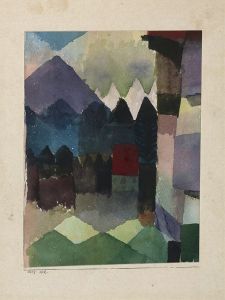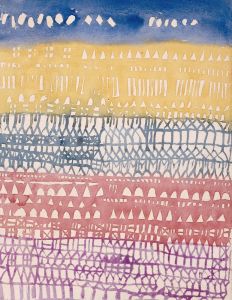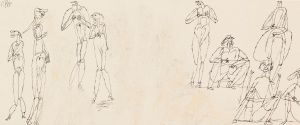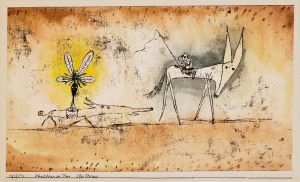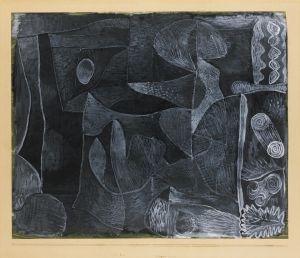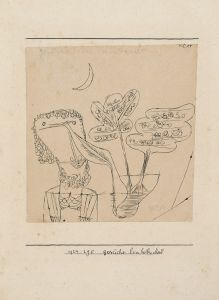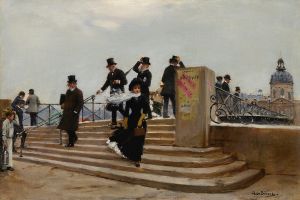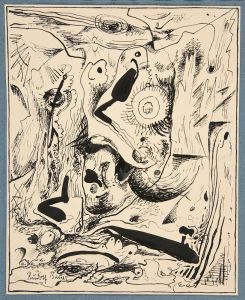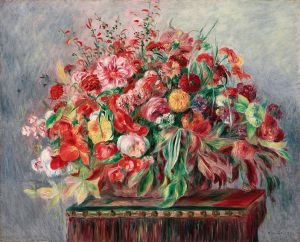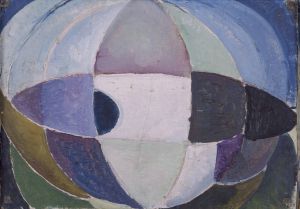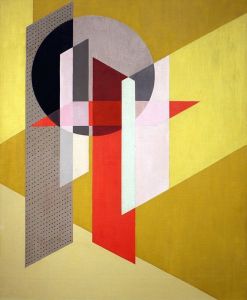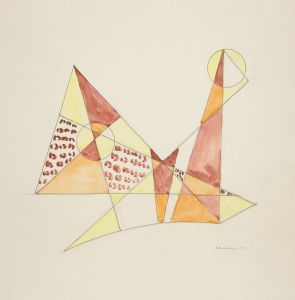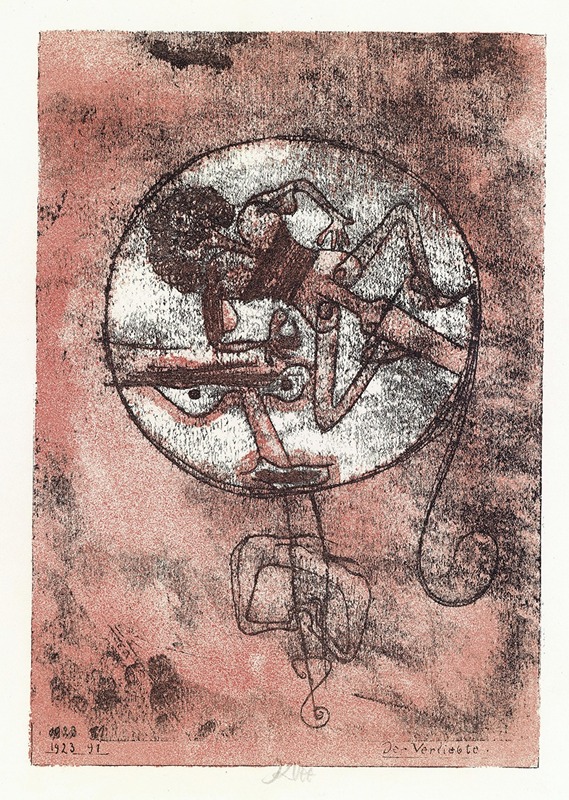
Der Verliebte
A hand-painted replica of Paul Klee’s masterpiece Der Verliebte, meticulously crafted by professional artists to capture the true essence of the original. Each piece is created with museum-quality canvas and rare mineral pigments, carefully painted by experienced artists with delicate brushstrokes and rich, layered colors to perfectly recreate the texture of the original artwork. Unlike machine-printed reproductions, this hand-painted version brings the painting to life, infused with the artist’s emotions and skill in every stroke. Whether for personal collection or home decoration, it instantly elevates the artistic atmosphere of any space.
Paul Klee's painting Der Verliebte (translated as The Lover) is a work by the renowned Swiss-German artist, who is celebrated for his highly individual style that blends elements of expressionism, surrealism, and abstraction. Created in 1930, this painting reflects Klee's characteristic use of symbolic imagery, geometric forms, and a playful yet profound exploration of human emotions.
Der Verliebte is a relatively small work, like many of Klee's paintings, and it employs his signature technique of layering colors and textures to create a sense of depth and complexity. The title, which translates to "The Lover," suggests a focus on themes of affection, longing, or romantic connection. The composition features abstracted human-like forms, rendered in a way that evokes both simplicity and emotional resonance. Klee often used such abstract figures to explore universal human experiences, and this painting is no exception.
The painting is executed in a muted yet warm color palette, with shades of red, brown, and ochre dominating the composition. These colors contribute to the intimate and introspective mood of the piece. Klee's use of line and shape is both precise and whimsical, creating a balance between structure and spontaneity. The abstracted figure in the painting appears to be in a contemplative or dreamlike state, which aligns with Klee's interest in capturing the inner workings of the human mind and spirit.
Paul Klee created Der Verliebte during a period of his career when he was teaching at the Bauhaus, a highly influential school of art, design, and architecture in Germany. His time at the Bauhaus (1921–1931) was marked by significant artistic experimentation and innovation. Klee's works from this era often reflect his deep engagement with color theory, as well as his interest in combining artistic intuition with structured, methodical approaches to composition.
The painting is part of Klee's broader body of work, which includes over 9,000 pieces created during his lifetime. His art is known for its ability to transcend traditional boundaries, blending the figurative and the abstract, the playful and the profound. Der Verliebte exemplifies these qualities, offering viewers a glimpse into Klee's unique artistic vision.
As of now, Der Verliebte is housed in a private collection, and it is not as widely exhibited or studied as some of Klee's other works. However, it remains an important example of his ability to convey complex emotions and ideas through deceptively simple forms.





